Capoeira (Martial Arts in Action) is a clearly written and richly photographed book for young readers aged 9+, in the fourth grade and up.
Enthusiasts describe capoeira as an eminently artistic, healthy, user-friendly martial art. Capoeira includes as many people as it takes to form a circle along which participants move comfortably in place and within which two practitioners interact comfortably. It involves jogistas (jogo, “game” + -istas “players”) cartwheeling, crouching, kicking, and spinning without harming or touching one another. It involves rodistas (roda “circle” + -istas “players”) clapping, playing instruments, and singing in the call-response style. It is as exciting as games, invigorating as acrobatics, and synchronized as dances.
Brief introductions to and quick reviews of all the above are afforded by Capoeira, written by Johannah Haney and published by Marshall Cavendish Benchmark in 2012. The book forms part of the publisher’s Martial Arts in Action series. Other titles include:
- Aikido (2012) by Ruth Bjorklund;
- Judo and Jujitsu (2012), Kendo (2011), and Wrestling (2012) by Carol Ellis;
- Karate (2010) by Terry Allan Hicks;
- Kickboxing (2012) by Gail Mack;
- Kung Fu (2011) by Henry Wouk; and
- Tae Kwon Do (2012) by Anna Haney-Withrow (2012).
The book divides into four chapters. Chapter 1 identifies typical capoeiristas (capoeira + -istas “players”) as people of all ages, genders, races and sizes. The reason for capoeira’s universality is offered in Chapter 2.
Chapter 2 considers capoeira’s history. Capoeira dates back to sixteenth-century Brazil’s African slave dances. Additionally, capoeira draws upon the African traditional dance N’golo (“dance of the zebras”). N’golo honors a young girl’s passage into womanhood.
Nowadays, capoeira can be precise, slow, tradition-bound capoeira Angola taught by Mestre Vincente Ferreira Pastinha (1889-1981) at Centro Esportivo de Capoeira Angola in Salvador, Bahia, northeast Brazil. Or it is acrobatic, batuque–influenced (“sudden attack”) capoeira regional taught by Mestre Bimba (Manuel dos Reis Machado, 1899-1974) at Academia-escola de Cultura Regional in Salvador. Or it may be hybrid capoeira contemporânea.
Chapter 3 explains capoeira levels and movements. Levels include:
- aluno (“student”);
- graduado (“graduate”);
- formado (“formed”);
- professor (“teacher”); and
- mestre (“master”).
Movement involves four basic poses:
- cartwheel (aú);
- crouching (ginga);
- dodging (esquiva, negativa);
- spinning (rolê).
Chapter 4 enumerates capoeira benefits. Practitioners learn the discipline of a physical skill. Physical competence raises practitioner self-esteem and self-respect. Competent, confident practitioners realize the importance of smooth teamwork.
Capoeira is a wonderfully informative book which readers of all ages will keep on their bookshelves, for an introduction to or review of African Brazil’s martial art.


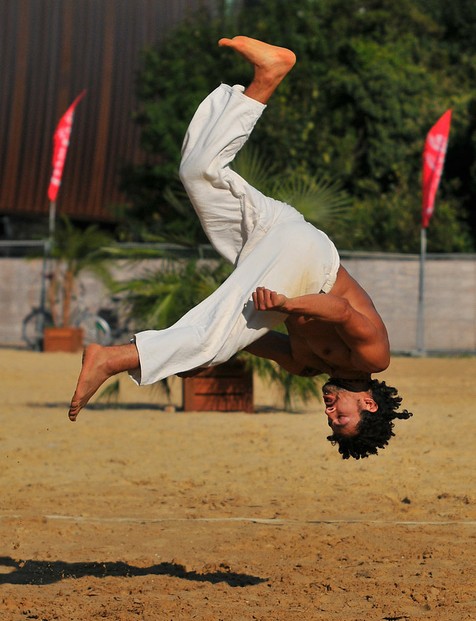
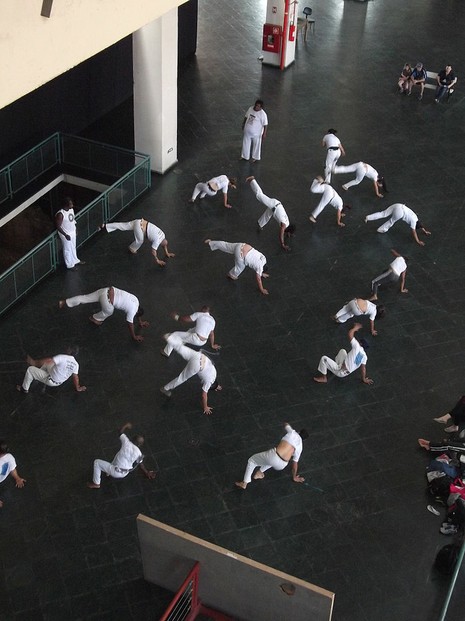
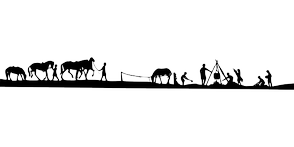



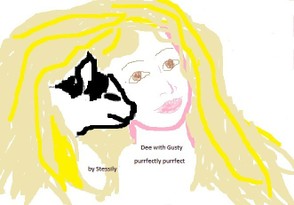
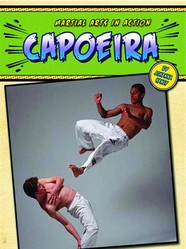

 Are Hawaiian Huakai Po Nightmarchers Avenging Halloween Thursday?on 10/02/2024
Are Hawaiian Huakai Po Nightmarchers Avenging Halloween Thursday?on 10/02/2024
 Mailing Addresses for 2023 Form 4868 Extending 1040 and 1040SR April 15, 2024, Due Dateon 04/15/2024
Mailing Addresses for 2023 Form 4868 Extending 1040 and 1040SR April 15, 2024, Due Dateon 04/15/2024
 Mailing Addresses for 2023 Forms 1040 and 1040SR Filed in 2024on 04/15/2024
Mailing Addresses for 2023 Forms 1040 and 1040SR Filed in 2024on 04/15/2024
 Mailing Addresses for 2022 Form 4868 Extending 1040 and 1040SR April 18, 2023, Due Dateon 04/13/2023
Mailing Addresses for 2022 Form 4868 Extending 1040 and 1040SR April 18, 2023, Due Dateon 04/13/2023

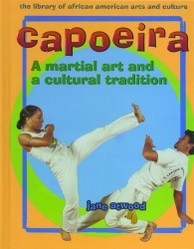
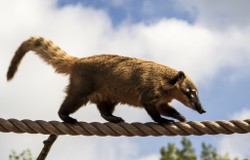
Comments
brazilian martial arts, Yes, capoeira is impressive and needs to become more widely known. Perhaps the combination of world soccer hosting in 2014 and of world olympics in 2016 will help change things.
Me too, I agree that the health benefits for all ages are a number 1 reason for learning and practicing capoeira. A capoeira performance additionally is such a win-win situation for participants and viewers.
Respectfully, and with many thanks for already knowing about capoeira and advancing its familiarity to and practice by more and more children and adults.
Capoeira is amazing and is so under valued. The health benefits for kids and adults alone should be enough to peak peoples interest.
https://beginningcapoeira.wordpress.com/